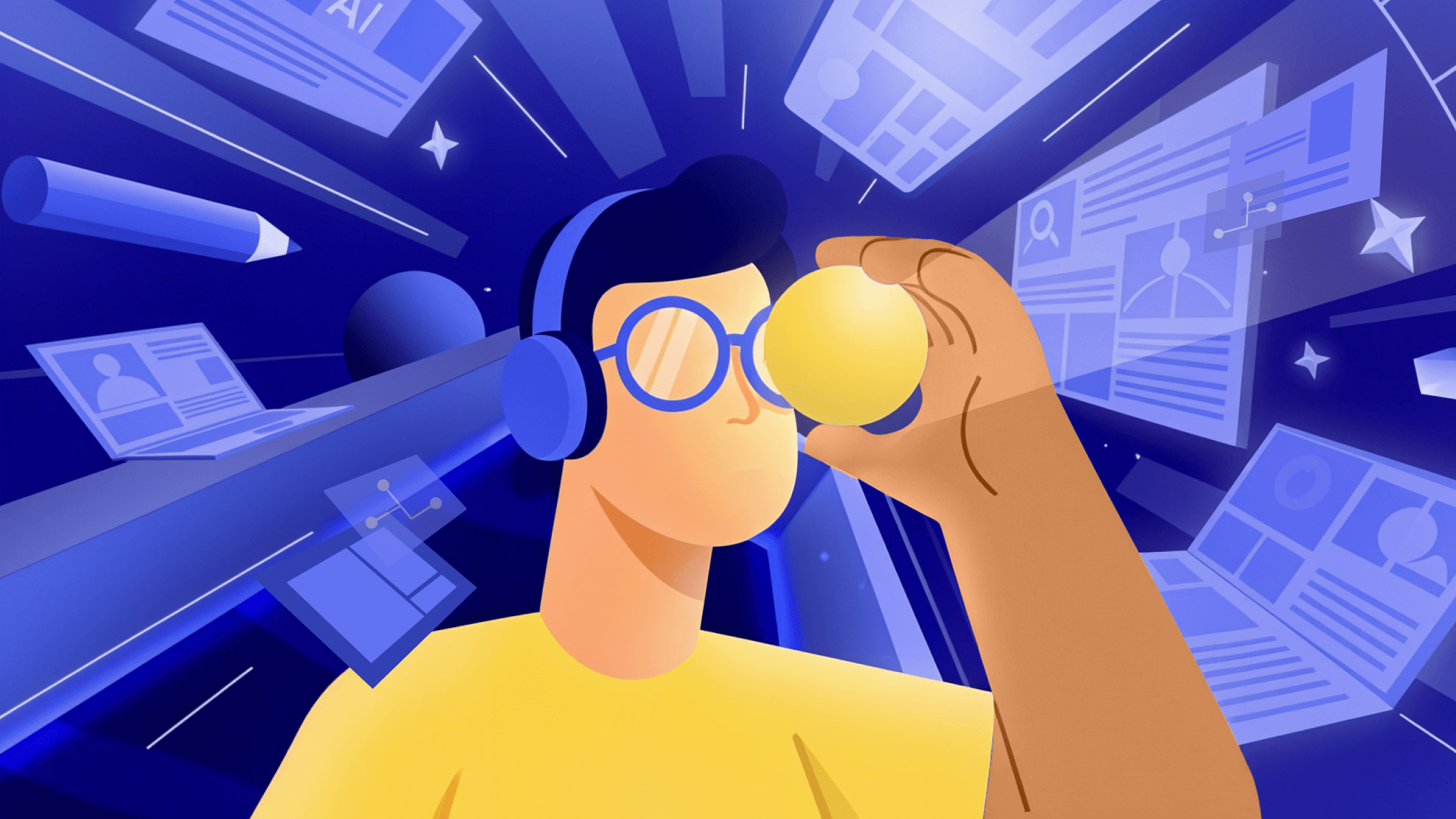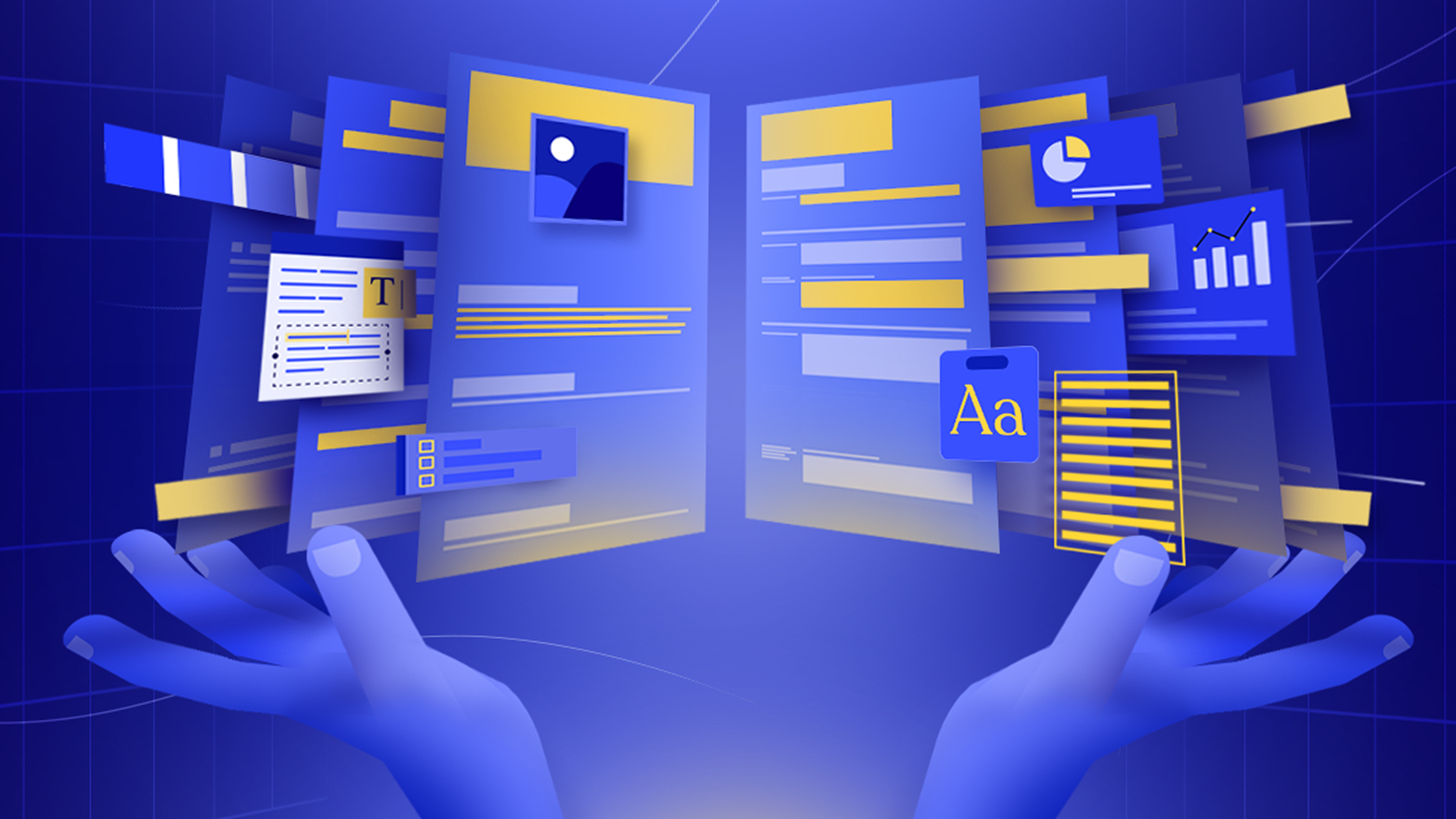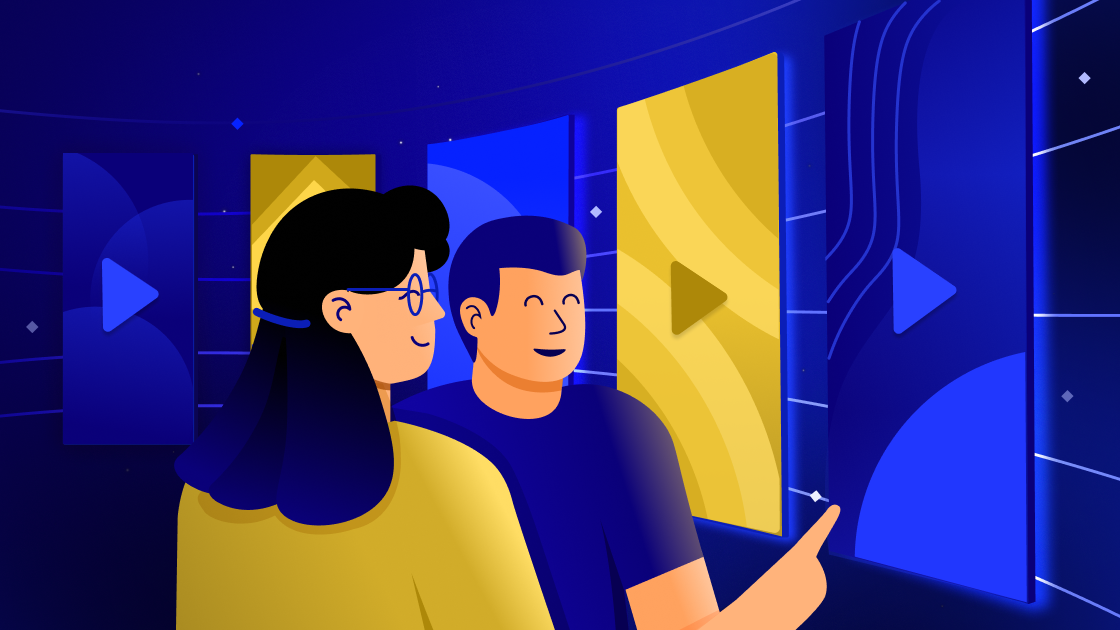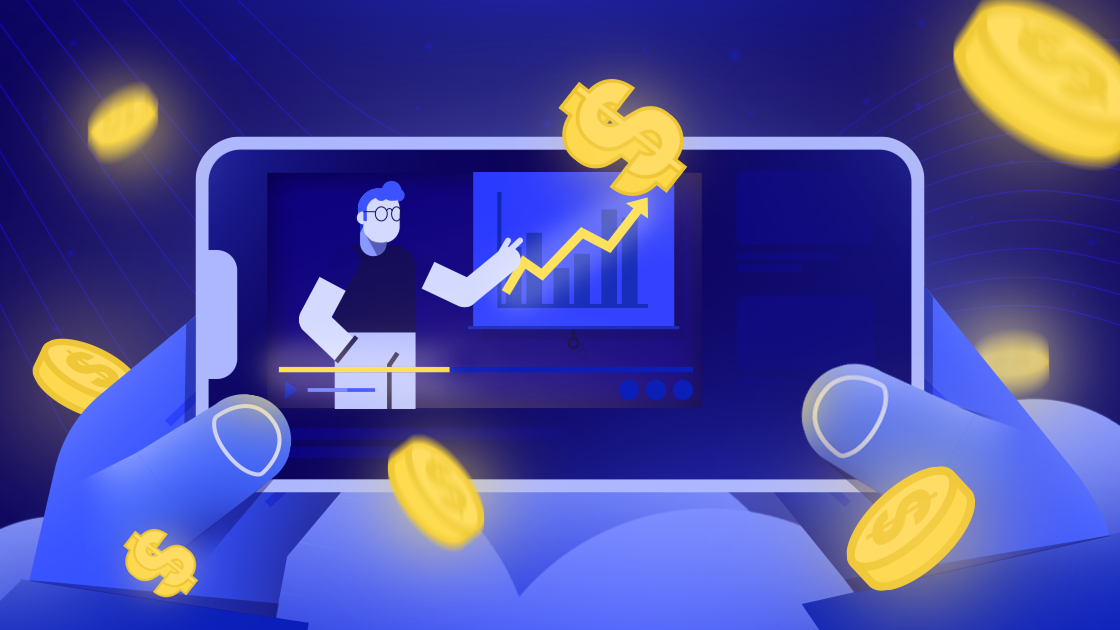In today’s fast-paced digital world, the term Product Designer has become both ubiquitous and sometimes confusing. Is it purely UX design? Visual aesthetics? Strategy? In reality, the role of a Product Designer spans across disciplines - merging creativity, user empathy, business understanding, and collaborative execution. Let’s break down what makes a Product Designer crucial in a design team.
1. A Broadly Skilled Strategist
A Product Designer is much more than just a visual artisan. They act as strategists who shape how a product looks like and how it works. In practice, they:
- Blend user needs, technical possibilities, and business constraints into cohesive design solutions.
- Operate across the entire product lifecycle—from ideation and research to prototyping, testing, and refinement.
2. The Full-Stack Designer: UX, UI, and Beyond
Product Designers are evolved UI/UX designers, wearing multiple hats. They may conduct user research, competitor analysis, and help define product strategy
- They design wireframes, prototypes, style guides, and oversee usability testing
- In many teams—especially in startups—they also take on tasks that overlap with UX and UI roles.
Similarities with UX Designers
- Both focus on user needs through research and usability testing
- They create wireframes and prototypes to design intuitive experiences
- Both follow an iterative process of testing and refinement.
Similarities with UI Designers
- Both care about visual design elements like color, layout, and typography.
- They ensure consistency through design systems and style guides.
- Both collaborate closely with developers for accurate implementation.
This makes the Product Designer a versatile force, able to pivot between vision and pixel-level execution.
3. Connecting Vision with Business Goals
A product designer isn’t just concerned with beauty or usability - they also ensure that products align with business objectives:
- They help define concept scope, feasibility, and deliver designs that meet commercial needs.
- They collaborate with marketing to craft compelling product narratives and ensure brand consistency.
- Ultimately, they act as guardians of both user satisfaction and business viability throughout the design process.
4. An Advocate for Users Across the Team
In multidisciplinary product teams, a Product Designer often serves as the voice of the user, bridging gaps between stakeholders:
- They translate user insights into design requirements, ensuring solutions are intuitive and user-centric.
- They work closely with product managers, developers, UX researchers, and marketers to align design decisions with user and business needs.
- With engineers, they discuss feasibility and ensure designs can be realistically implemented.
Product designers also play a significant, collaborative role, especially in cross-functional environments.
- With product managers, they define priorities, roadmaps, and scope.
- With marketing, they craft experiences that align with brand messaging and customer acquisition goals.
- With executives, they articulate the value of design decisions in terms of ROI, retention, and competitive advantage.
5. Process: From Ideation to Launch and Beyond
The involvement of a product designer spans every stage of product development:
- Ideation & Definition: They contribute early by bringing a design perspective to concept discussions and scope definitions.
- Prototyping & Testing: Designers create prototypes and validate concepts through user testing—no prototypes move forward without them.
- Execution & Delivery: They build pixel-perfect designs, define design systems, and work with developers to maintain quality and consistency.
- Iteration & Maintenance: After launch, Product Designers revisit user feedback and performance metrics to continually refine and improve the product.
.png)
6. Required Skills and Tools
A successful Product Designer is a multidisciplinary talent with a wide skillset:
- Visual & Interaction Design: Mastery in tools like Figma, Sketch, Adobe XD for crafting intuitive interfaces.
- User Research & UX Principles: Conducting research, mapping flows, journey mapping, and testing to inform design decisions.
- Strategic Thinking: Aligning design efforts with market dynamics and business goals.
- Communication & Collaboration: Presenting and defending design decisions, and iterating based on feedback.
- Technical Awareness: Basic understanding of implementation constraints and feasibility, enabling practical and effective design handoffs.
- Adaptability & Continuous Learning: Embracing agile workflows, evolving tools, and emerging trends to keep design fresh and relevant
7. The Growth Curve: From Junior to Senior Product Designer
The difference between junior and senior designer goes far beyond years of experience - it’s about mindset, ownership, and perspective.
Key differences:
Scope of focus: Juniors handle specific tasks; seniors designers typically design with systems and long-term vision in mind.
Independence & ownership: Junior designers wait for direction; senior designers take initiative and drive clarity.
Decision-making: Seniors are confident about challenging different assumptions and shape product strategy, whereas juniors often require guidance to start.
Process mastery: Juniors learn and apply frameworks; seniors adapt and refine them for context.
8. Why the Product Designer Role Matters
According to career overviews, Product Designers:
- Combine aspects of product management, UX research, and visual design to ensure products solve real problems in a delightful, viable way.
- Are pivotal in navigating constraints, integrating agile methodologies, and driving consistent innovation.
- Shape the bridge between conceptual ideas and tangible user experiences, with each design decision rooted in strategy, empathy, and practicality.
- Product designers balance user needs, business goals, and technical limits, while aligning stakeholders with competing priorities. They also keep up with evolving tools and manage design debt by maintaining scalable, consistent systems.
9. Examples from the Field
- Poor digital design often leads to frustration and user drop-off. For instance, Workday’s job application process forces repetitive data entry, causing applicants to abandon forms, while Microsoft Teams’ cluttered navigation confuses users and slows productivity. Overcomplicated interfaces and unclear hierarchies turn simple actions into frustrating experiences.
- Some digital products fail because they ignore real user needs. Quibi focused on short mobile content but neglected social sharing and testing, leading to rapid decline. Similarly, Google Glass overlooked comfort, usability, and privacy, turning innovation into rejection and brand mistrust.
Final Thoughts
The Product Designer is the glue that holds a product’s vision, usability, aesthetics, and commercial sense together. They’re skilled generalists who:
- Understand users deeply and keep the design grounded in research.
- Translate that understanding into intuitive and beautiful designs.
- Navigate constraints and align design work with strategic goals.
- Collaborate seamlessly with cross-functional teams.
- Continue refining products long after launch.
What does the future of the role look like?
- AI & Automation: AI speeds prototyping, humans lead strategy, empathy.
- Accessibility & Inclusion: Designers prioritize inclusive, global, ability-friendly design.
- Data-Driven Design: Analytics and testing increasingly guide design choices.
In essence, being a Product Designer means owning the “how” of a product—ensuring it’s not only usable and attractive but also meaningful and impactful.
Got a product idea? Our expert Product Designers at Frontmatter are ready to make it happen! Shoot us a message to speak with our product designers and get planning!
Costs less than agencies.
.svg)






.svg)


